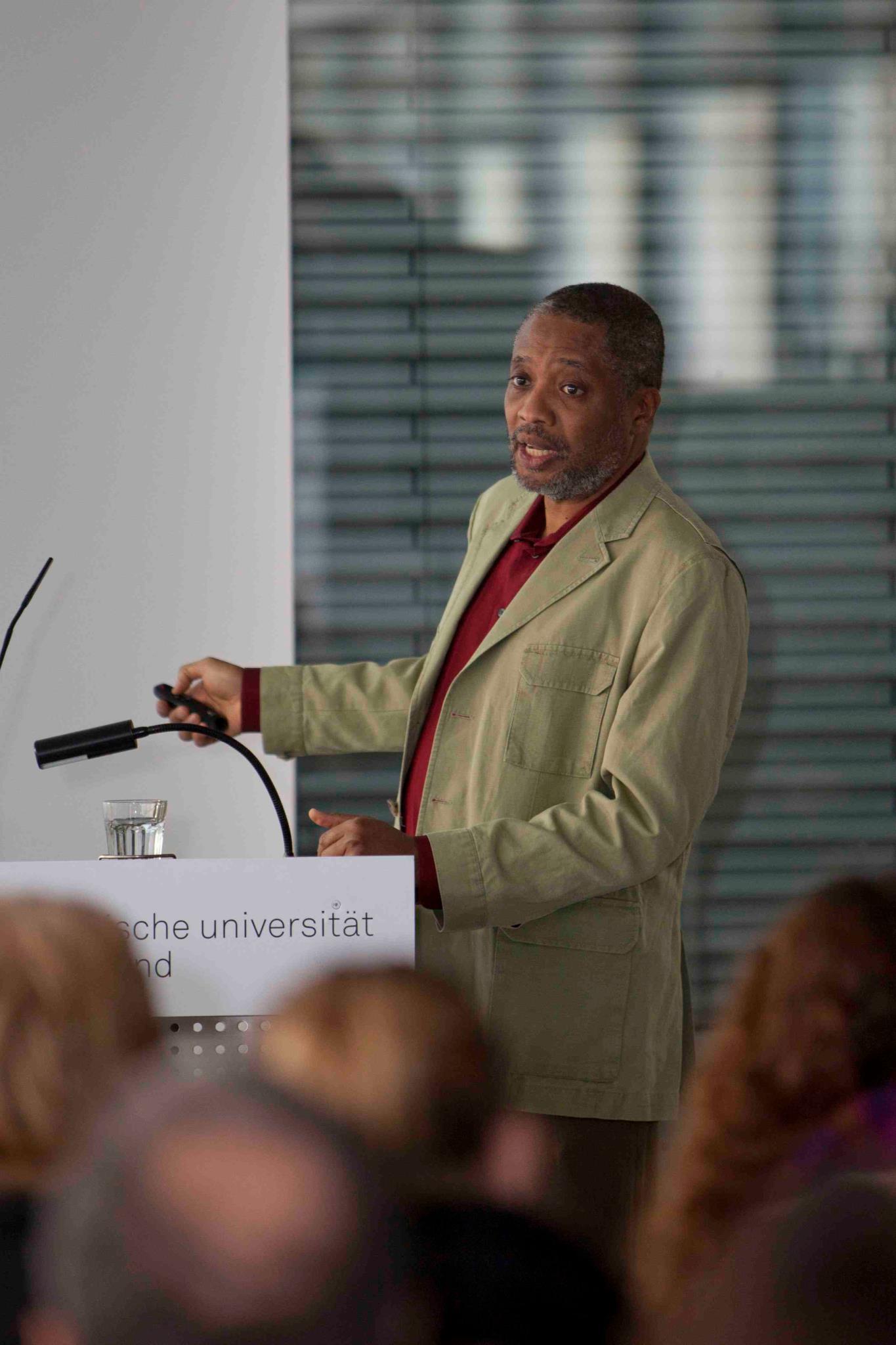Norman Garrick is a Professor of Civil Engineering at the University of Connecticut. His research is focused on sustainable transportation and urban planning, urban streets and shared spaces, and transit planning. Dr. Garrick was also a visiting professor at the Swiss Federal Institute of Technology in Zurich, and a former board member of the Congress of New Urbanism. Additionally, he writes content on urban planning and pedestrian facility design for City Lab.
What constitutes a city’s “urban fabric?” Is this a universal set of characteristics, or is it unique to each city? What is the condition of Providence’s “urban fabric?”
It begins with the streets and the buildings. Cities were formerly built in an urbanistic way! They were streetcar accessible. People were working and living in cities. The street network facilitated this urban lifestyle. My colleagues and I completed a simulation reconstruction of historic Bridgeport, and you wouldn’t recognize its character today. It has lost its urban fabric, and is almost bankrupt as a result. Providence hasn’t seen this same destruction!
Urbanists often study the city as a “growth system.” Providence seems to invest development resources in cultural and arts attractions, walkability, and general livability exclusively in its Downcity. Can Providence introduce elements of a service economy to counter gentrification downtown?
These can and should exist side-by-side. New England cities focus on crafting attractions to draw people in from the surrounding suburbs. They are not focusing on the residents that want to live and work there. Cities need to better evaluate their competing priorities to preserve their urban fabric and character.
I am wondering if you think Rhode Island’s population is detrimental to urban development potential. I’ve read that the RIPTA has a severe ridership dilemma, and thus, does not expand service. Should Providence’s smaller population stand in the way of embracing projects to improve connectivity?
Providence is a city of nearly 200,000 people. In my opinion, there is no sparsity problem. You’re getting to a question of priorities. Do we want our transportation systems to be competitive? Providence really does have so many advantages. With an intact urban fabric and seamless connections to Boston, there are nothing but possibilities to create a car-free city. If transportation continues to be perceived as being “for poor people,” it will continue to operate the way it does now.
What has lead to such attitudes towards transportation in the United States?
Consider car culture. Here, cars are associated with freedom. Public transportation is not considered to allow for free movement. We need social and political capital to change. For example, Cambridge, Massachusetts, has done this, and not even because of its affluence. The town has harnessed its strategic position and its population has questioned their assumptions about car transportation. All highways stop at the boundary of Cambridge.
What obstacles do wealth inequality pose to the growth and development of a city?
Wealth has to do with how we describe place. In Connecticut and much of New England, the word “city” is used to describe where poor people live. We need to change our language and reframe our discourse when we discuss cities. I do think that Providence is amongst the most vibrant New England communities, and has tremendous potential to overcome many challenges.
